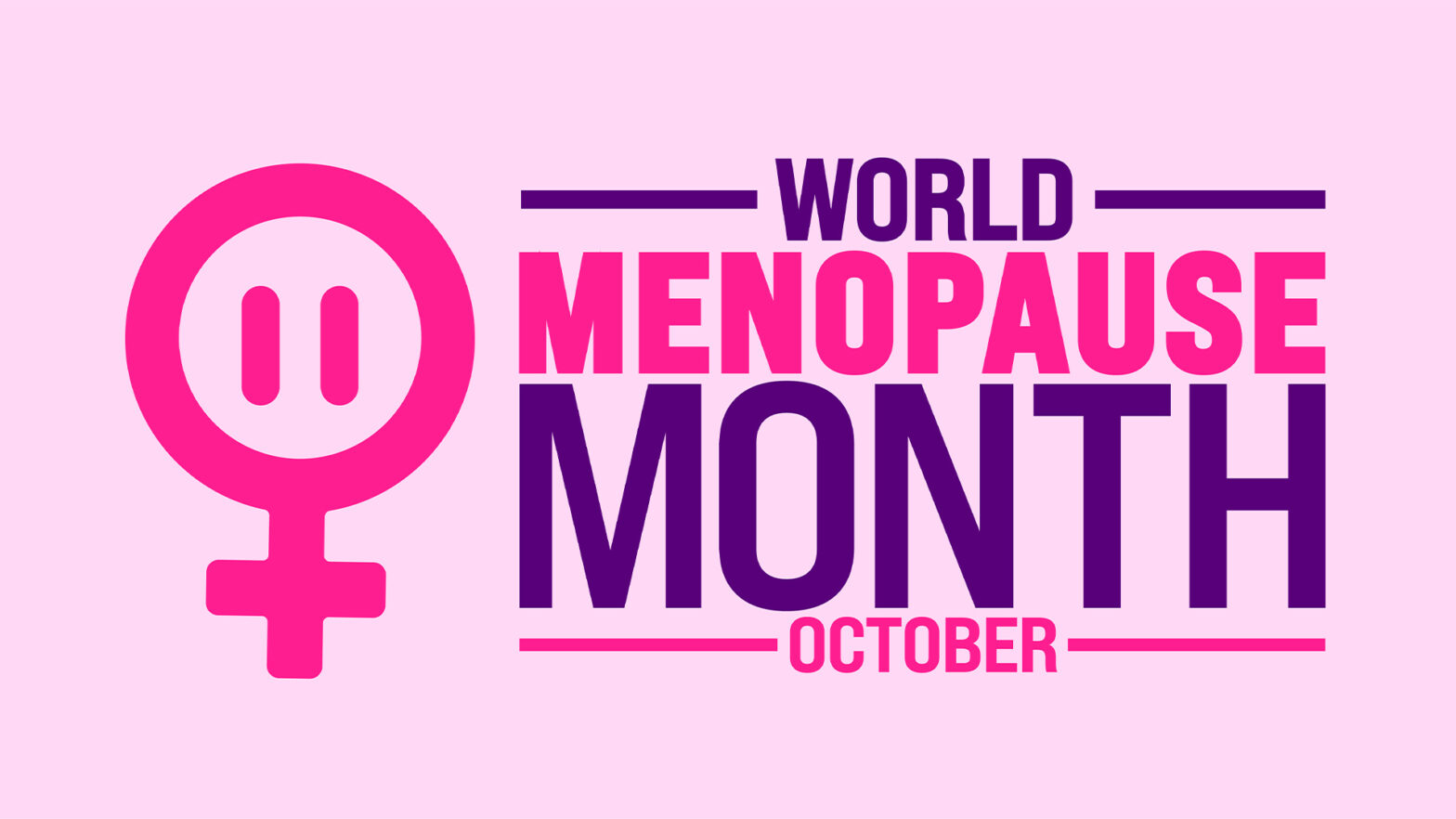Do you wake up with a stiff back that feels better after moving around for 15-30 minutes? Your mattress might be the hidden villain behind your morning misery. Finding the right mattress for back pain is more important than you might think, especially when nearly 60% of Indians suffer from lower back pain at some point in their lives.
Most of us don’t connect our back troubles to our sleeping surface. It’s a surprising oversight, considering studies show that 50-80% of adults experience at least one episode of back pain during their lifetime. Your mattress could be causing your back pain if you’re waking up uncomfortable, tossing and turning all night, or feeling like you’re sinking into a pit while you sleep. And don’t forget – sleep experts suggest replacing your mattress every 7-8 years due to natural wear and changes in your body shape and needs.
Which mattress type works best for back pain? Research points to medium-firm options as the perfect balance between support and comfort. One study revealed something truly eye-opening – people sleeping on medium-firm mattresses reported less back pain over 12 weeks, while those using firm mattresses actually felt worse after 90 days!
Throughout this guide, you’ll discover the telltale signs your mattress is secretly sabotaging your back health, what features to look for in a supportive sleep surface, and how to find your personal sweet spot between too soft and too firm. Your path to pain-free mornings starts here!
Is Your Mattress the Real Cause of Your Back Pain?
Your mattress could be the hidden culprit behind your morning aches and pains. Most of us miss the warning signs that our bedding is actually causing our discomfort. Spotting these telltale signals early could save you countless mornings of unnecessary pain and nights of tossing and turning. Let’s look at three key indicators that your mattress deserves the blame for your aching back.
Morning pain that fades after movement
Wake up feeling like you’ve aged 20 years overnight, only to feel better after a hot shower and some stretching? This pattern is one of the most reliable signs of a mattress-related problem. Studies show that if your discomfort disappears within 15-30 minutes of getting out of bed, your mattress is likely doing more harm than good.
This happens because your spine has been forced into an unnatural position all night long. Your muscles end up working overtime instead of relaxing, your joints remain stressed, and your discs can’t properly decompress and rehydrate.
Pay attention to the pattern: If you climb into bed feeling fine but wake up clutching your lower back, your mattress is probably contributing to spine misalignment. An old mattress or one that doesn’t match your body’s needs forces your spine to flatten its natural curve, leaving you stiff and sore in the morning.
Discomfort in specific sleep positions
Another red flag is experiencing back pain only in certain sleeping positions. Different sleep styles need different levels of support:
- Back sleepers need even support to maintain proper spinal alignment; a saggy mattress can double your risk of lower back pain
- Side sleepers need pressure relief for shoulders and hips; a mattress that’s too firm can create uncomfortable pressure points that leave you aching
- Stomach sleepers often twist their neck out of alignment; if your mattress is too soft, your tummy sinks deeper than the rest of your body, stretching your back uncomfortably
If your back pain worsens in your favourite sleeping position, your mattress likely isn’t providing proper support for your sleep style. Research shows medium-firm mattresses are more effective than firm ones at reducing back pain.
Feeling tired despite full sleep hours
Perhaps the most overlooked sign of a problematic mattress is feeling exhausted despite getting your full eight hours. A poor mattress can cause sleep disruptions you’re not even aware of, leaving you dragging through your day.
When you’re constantly shifting positions trying to get comfortable, your sleep quality suffers dramatically. Your mattress should provide the perfect balance of softness and firmness to allow your body to fully relax and maintain proper blood flow.
An unsupportive mattress keeps your muscles working all night to maintain proper alignment. This continuous effort prevents true rest, leaving you tired even after what should have been restorative sleep.
Remember – sleep quality matters just as much as quantity. Even when you’re getting the recommended seven to nine hours, poor sleep quality can leave you feeling foggy and tired throughout the day.
The ultimate test? If you consistently sleep better in a hotel or at a friend’s home but your issues return once back in your own bed, your mattress is almost certainly the villain. This comparison offers clear evidence that your sleeping surface, not just your sleep habits, is affecting your back health.
How a Bad Mattress Affects Your Spine
Your spine needs proper support while you sleep to recover from all those daily stresses. Think of it as your body’s personal recovery time. Let’s dive into why your mattress matters so much for keeping your back happy and pain-free.
Loss of natural spinal alignment
Did you know your spine has natural curves that need supporting even when you’re lying down? A good mattress should work WITH these curves, not against them. But when your mattress fails at this vital job, the problems start piling up.
Sleeping on the wrong mattress is like forcing your spine into an uncomfortable costume all night long. Too soft, and you’ll sink in the middle like a hammock, with your heavier bits (hello, hips!) dropping lower than everything else. Too firm, and it’s pushing against your pressure points, shoving your spine out of its happy place.
This misalignment becomes EVEN WORSE depending on how you sleep:
- Back sleepers need that perfect balance with good lumbar support
- Stomach sleepers face a whole different challenge – when your middle sinks too deep, your lower back pays the price
Research has shown that a poorly aligned surface creates tension exactly where you don’t want it – especially in your lower back. When your mattress fails to keep your spine on an even plane, those natural curves get disrupted, and chronic pain becomes your unwelcome morning companion.
Increased pressure on joints and muscles
Your body has natural pressure points – those spots where you press most heavily against the mattress. Think shoulders, hips, knees, and lower back. An unsupportive mattress creates excessive pressure on these sensitive areas.
When the pressure isn’t spread evenly, these spots experience:
- Poor blood flow and circulation problems
- Muscles that tense up instead of relaxing
- Existing joint problems getting worse
- More inflammation and pain overall
Did you know that 50-60% of people with insomnia might also have chronic back or neck pain? It’s a vicious cycle – a poor mattress causes pressure and discomfort, which ruins your sleep, which makes the pain worse!
The right mattress should offer what experts call “pressure relief” – it spreads your weight evenly and supports your natural sleeping position. Without this crucial feature, your body has to work overtime all night long instead of properly resting.
Restricted movement during sleep
Quality sleep needs natural movement. Your body is designed to shift positions throughout the night – it’s completely normal and healthy. But a poor mattress can trap you like quicksand.
If your mattress is too soft, you might sink in so deeply that changing positions becomes a midnight workout. This trapped feeling creates extra stress on your spine as you struggle to move normally.
Research backs this up – firmer mattresses generally work better for sleepers who move around, as they provide more support and stability throughout the night. This stability helps prevent you from sinking too deeply, making it easier to change positions and reduce prolonged pressure on specific parts of your spine.
Your sleep quality takes a hit too. Studies have found that increased pain when getting up is directly related to how often you toss and turn during the night. Your body is trying to get comfortable by changing positions, but a poor mattress makes these adjustments difficult, breaking up your sleep and preventing that deep, restorative rest you need.
Your mattress is the foundation for spinal health during sleep. When it fails to provide proper support, alignment, and freedom of movement, your spine simply cannot recover from daily stresses, potentially leading to chronic back problems that follow you around all day.
Choosing the Right Mattress for Back Relief
Finding the perfect mattress can work wonders for your back pain and transform your sleep quality. But how do you know which one is right for YOU? Let’s dive into the options that could finally give your spine the support it deserves.
What mattress works best for back pain sufferers?
Your ideal mattress should support your spine’s natural alignment while feeling comfortable enough for a good night’s rest. Did you know nearly 72% of Britons suffer from back, neck or shoulder pain, with 39% reporting that their pain directly interferes with their ability to sleep? For back pain relief, these are your best options:
- Pocket sprung mattresses: Deliver targeted support and distribute your weight evenly
- Memory foam mattresses: Mould perfectly to your body’s unique contours
- Hybrid mattresses: Offer the best of both worlds – springs for support and foam for comfort
- Latex mattresses: Provide gentle contouring with just the right amount of firmness
The way you sleep makes a HUGE difference in what mattress will work for you. Back sleepers need firmer support to keep their spine aligned, while side sleepers might benefit from something softer to cushion those hips and shoulders.
Why medium-firm mattresses often come out on top
Research consistently crowns medium-firm mattresses as the champions for back pain relief. Harvard Health found that people sleeping on very hard mattresses actually had the worst sleep quality, while medium-firm options delivered better results.
Medium-firm mattresses hit that sweet spot – firm enough to prevent your body from sinking too far (which misaligns your spine), yet soft enough to hug your body’s natural curves. This perfect balance distributes your weight evenly and takes pressure off your spine.
When firm mattresses help (and when they don’t)
A firm mattress can be your best friend if you’re a back or stomach sleeper who needs extra support to keep your spine properly aligned. Heavier individuals (over 230 pounds) often need firmer surfaces too, as they prevent excessive sinking.
But beware – a mattress that’s TOO firm forces your body into uncomfortable positions and prevents your spine from maintaining its natural curve. This is especially troublesome for side sleepers, as it creates painful pressure points at the shoulders and hips.
Orthopaedic and zoned mattresses: worth the hype?
Orthopaedic mattresses are specifically designed with your spine in mind. They deliver exceptional support for your back and joints, maintaining proper alignment and reducing pain. They come in various firmness levels from soft to very firm, so you can find one that’s just right for your needs.
Zoned mattresses take a more targeted approach, offering different support levels across your body. For example, they might provide firmer support under your lower back and softer cushioning around your shoulders and hips. This precision approach works wonders for those with lower back pain, ensuring lumbar support while relieving pressure on other areas.
Beyond the Mattress: Other Sleep Essentials
Your mattress is just the start of creating your perfect sleep sanctuary. Let’s look at the other bedroom essentials that can make a massive difference to your back health and sleep quality.
Pillows that support your neck and spine
Have you ever woken up with a stiff neck that bothers you all day? The wrong pillow might be the culprit! The best pillow should keep your head, neck and spine properly aligned throughout the night. Research shows that using the wrong pillow can increase pressure around sensitive areas and throw off the straight line from your head to your shoulders and back.
For side and back sleepers, look for pillows between 3-5 inches thick to maintain proper alignment. If you’re a stomach sleeper, go for thinner pillows (under 3 inches) to prevent your neck from arching uncomfortably.
Memory foam pillows are brilliant for moulding to your unique head shape, while latex options offer responsive support and sleep cooler for those who hate waking up hot and bothered.
Cervical pillows with their contoured designs work wonders for neck pain sufferers by supporting the natural curve of your neck. Orthopaedic pillows come in different shapes specially designed for your preferred sleeping position.
Best sleeping positions for back pain
The way you sleep makes a huge difference to your spine health. Lying flat on your back is your best bet for avoiding back pain. Try placing one pillow under your head and another beneath your knees – this helps maintain that all-important neutral spine alignment.
Side sleeping with straight legs comes in as the second-best position, especially when you pop a pillow between your knees to keep your spine properly aligned. This position is also a winner for snorers or those with sleep apnea as it helps keep airways open.
Stomach sleeping isn’t ideal – it puts the most pressure on your spine’s muscles and joints by flattening its natural curve. If you simply can’t sleep any other way, use only a very thin head pillow and place a supportive one under your hips.
Adjustable beds and their benefits
An adjustable bed might be your ticket to pain-free mornings. For people with degenerative spondylolisthesis, sleeping in a reclining position with support under the knees can significantly reduce lower back discomfort.
Those with osteoarthritis often wake feeling like they’ve aged decades overnight; an adjustable bed may ease this morning stiffness by minimising joint compression while you sleep. Similarly, if you have lumbar spinal stenosis, you’ll likely find reclining positions much more comfortable than lying flat.
Beyond just improving your spinal alignment, adjustable beds can be a game-changer for mobility and independence, especially if you struggle with limited movement.
When to Replace Your Mattress and What to Look For
Is your mattress still giving you the support you need, or is it time for a change? Even the best mattress won’t last forever, and knowing when to say goodbye could be the difference between waking up with back pain and enjoying refreshing, restorative sleep.
Signs your mattress is past its prime
Most sleep experts suggest replacing your mattress every 7-10 years. But the calendar isn’t the only thing to watch. Your mattress might be crying out for retirement if you notice:
- Visible sagging or dents that don’t bounce back after you get up
- Morning soreness or stiffness that wasn’t there before
- Endless tossing and turning trying to find a comfortable position
- Better sleep elsewhere – like in hotels or at friends’ homes
- Obvious damage including tears, stains, or mysterious lumps
When your mattress develops those tell-tale body-shaped indentations, it’s no longer supporting your spine properly. This puts extra stress on other parts of your body while you sleep – exactly what you don’t need!
How long it takes to adjust to a new mattress
Don’t panic if your brand-new mattress causes a bit of discomfort at first! Your body needs time to adapt to proper support after years on a saggy surface.
Most people need between two to four months to fully adjust. That’s why many mattress companies offer at least 90-day in-home trials. During this transition period, your back muscles and spine are getting used to being properly aligned – perhaps for the first time in years.
If your discomfort doesn’t start improving after several weeks, your new mattress might not be the right match for your needs. At first, the firmness of a fresh mattress might cause temporary aches, but this should gradually get better, not worse.
Trying before buying: sleep trials and guarantees
Finding your perfect mattress is a bit like dating – you need time to know if it’s really “the one.” Look for companies offering generous sleep trials so you can properly test your mattress at home.
Trial periods can range dramatically – from just 30 days to a full year! Longer trials are brilliant because they let you experience your mattress across different seasons and give your body plenty of time to adapt.
Before you commit, check what’s hidden in the small print. Some companies have specific requirements:
- You must use a mattress protector
- You need to sleep on it for a minimum number of nights
- You’re responsible for tracking your trial period
- You might have to pay for return shipping
For anyone with back issues, a longer trial is even more crucial – it might take extra time to determine if a mattress truly helps your condition.
Take Control of Your Back Health with the Right Mattress
Millions of people worldwide suffer from back pain, yet many never suspect their mattress might be the real troublemaker. The clues are often subtle – morning stiffness that improves after you’ve been up and about, discomfort in certain sleeping positions, and feeling exhausted despite getting plenty of shut-eye. Your mattress is the foundation for spinal health during those crucial recovery hours while you sleep.
Understanding how your sleeping surface affects your spine is essential for finding lasting relief. A poor mattress throws your spine out of alignment, puts excessive
FAQs
Q1. How can I tell if my mattress is causing my back pain? If you wake up with stiffness or pain that improves after moving around, experience discomfort in specific sleep positions, or feel tired despite getting enough sleep, your mattress may be the culprit. These are common signs that your sleeping surface isn’t providing proper support for your spine.
Q2. What type of mattress is best for alleviating back pain? Medium-firm mattresses are often recommended for back pain relief. They provide a balance of support and comfort, maintaining proper spinal alignment while contouring to your body’s natural curves. However, the ideal mattress can vary based on your sleeping position and body type.
Q3. How often should I replace my mattress to prevent back issues? Most experts suggest replacing your mattress every 7-10 years. However, you should consider replacement sooner if you notice visible sagging, wake up feeling sore, or find yourself sleeping better in other beds. These are signs that your mattress may no longer be providing adequate support.
Q4. Can sleeping position affect back pain? Yes, your sleeping position significantly impacts spinal health. Sleeping on your back is generally considered best for maintaining proper alignment, followed by side sleeping with a pillow between your knees. Stomach sleeping can put additional stress on your spine and is often not recommended for those with back pain.
Q5. Are there benefits to using an adjustable bed for back pain? Adjustable beds can be beneficial for certain back conditions. They allow you to customise your sleeping position, which can help reduce pressure on the spine and joints. For example, slightly elevating your head and knees can alleviate lower back discomfort for some individuals.



















